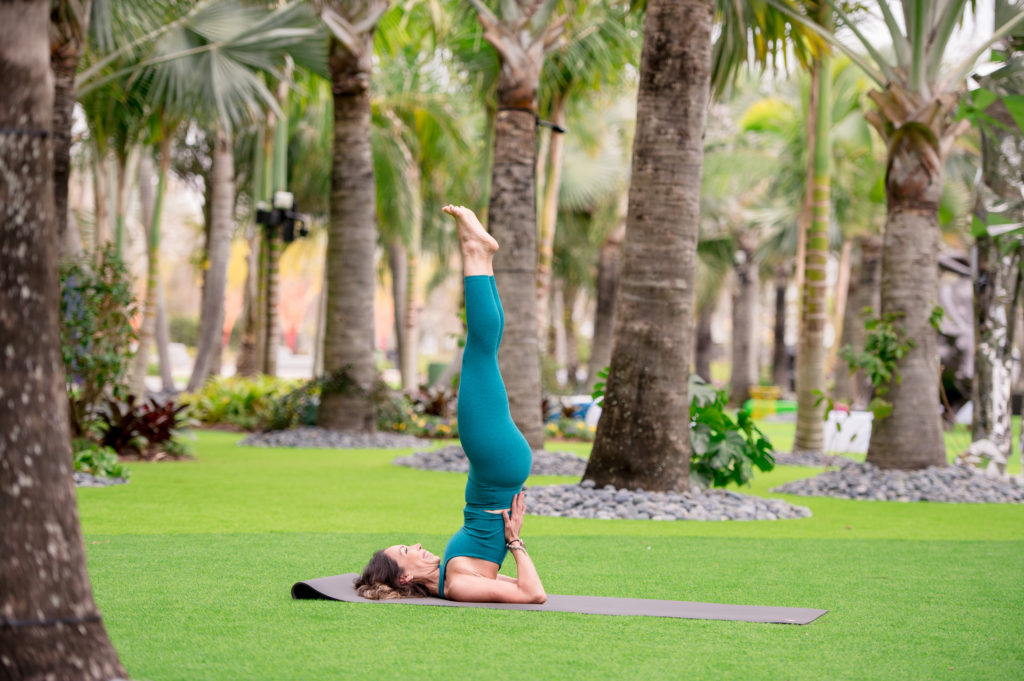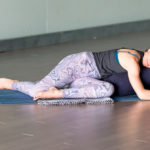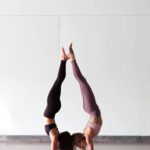Salamba sarvangasana
Your Monthly Yoga Pose
Supported shoulder stand, or salamba sarvangasana, is a common and traditional inversion practiced in yoga classes. It is one of the most accessible inversions as it has a large base of the upper back and upper arms. Salamba means with support, sarva means all, and anga means limb. Salamba sarvangasana is the shoulder stand with support as opposed to the version that is unsupported, niralamba.
The whole body benefits from this posture. In Light on Yoga, B.K.S. Iyengar calls this posture the mother of asanas. This asana strives for harmony and happiness in the human system. Iyengar states that salamba sarvangasana directly affects the thyroid and parathyroid glands, which are situated in the neck region. The posture supplies healthy blood flow to the head and neck region, and the change in gravity affects the abdominal organs so that bowels move freely.
Although generally accessible, a supported shoulder stand must be practiced with care for the very same reasons it has multiple benefits. It is essential that the scapulae find elevation along with the other actions. According to Yoga Anatomy by Leslie Kaminoff and Amy Matthews, if the scapulae are depressed, the cervical spine receives the whole weight of the body, making it vulnerable to injury.

Supported shoulder stand can easily be modified using folded blankets under the shoulders to elevate the shoulders and provide space to the neck and head. By using the blankets under the shoulders, you can receive the benefits of the pose but also relieve additional pressure in the neck. Make sure to not move your head from side to side as it can cause injury to the cervical spine. Maintaining the gaze on the chest allows you to keep the head and neck still and allow the pose to stay calm.
The pose can elevate your blood pressure, so as with all new movements, check with your healthcare professional to make sure salamba sarvangasana is appropriate for you and your health journey.
- Lay down face up.
- Bring your knees toward your face.
- Keep gazing at your chest and do not move your head.
- When your hips lift off the mat, support your lower and middle back with both hands.
- Press into the lower back with your hands as you simultaneously press the mid and upper back into the mat.
- Straighten the legs and point the toes, trying to maintain alignment with the legs over the hips.
- Align the hips over the shoulders.
- To create space in the cervical spine, gently press the back of the head on the mat, widening the gap between the chin and chest.
- Stay in this position for up to five minutes with even breathing.
A shoulder stand ends with a series of plow pose, ear pressure pose, and ends with a counter posture called fish pose. For beginners, use the variations mentioned above (using the wall for support or using props under the body) to help elevate and create space for the neck.
Namaste.


